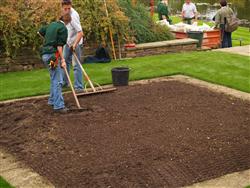
Learn to grow plants Organically, for home or farm
A 600 hour accredited course designed to teach the principles and practices of growing plants using organic methods. This course is similar to other VHT002 horticulture certificates in its introductory (core) units, but devotes 50% of the course to topics specifically related to organic growing. To our knowledge this is the only government accredited course in Australia for organic growers. The Core Units comprise fifteen lessons covering: Introduction to Plants, Plant Culture, Soils and Nutrition, Plant Identification and Use & Pests, Diseases and Weeds.
Accredited through International Accreditation & Recognition Council